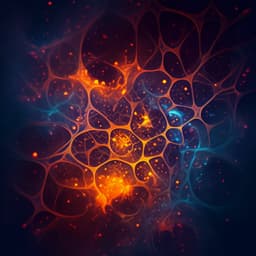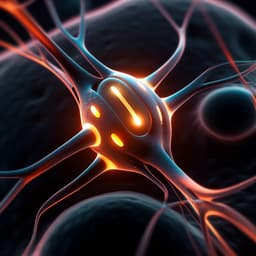
Medicine and Health
Multifunctional microelectronic fibers enable wireless modulation of gut and brain neural circuits
A. Sahasrabudhe, L. E. Rupprecht, et al.
Discover groundbreaking multifunctional neural interfaces merging advanced polymer-based fibers with microelectronics to explore the depths of brain and gut neurophysiology. This revolutionary research by Atharva Sahasrabudhe and colleagues paves the way for new insights into interoception and behavior modulation.
~3 min • Beginner • English
Related Publications
Explore these studies to deepen your understanding of the subject.







